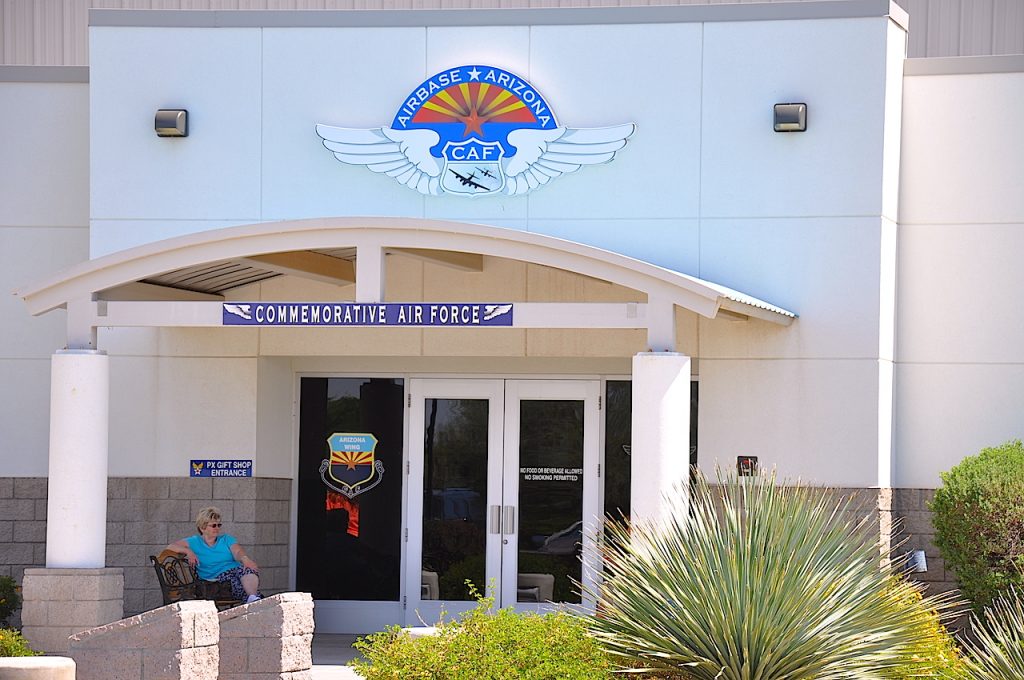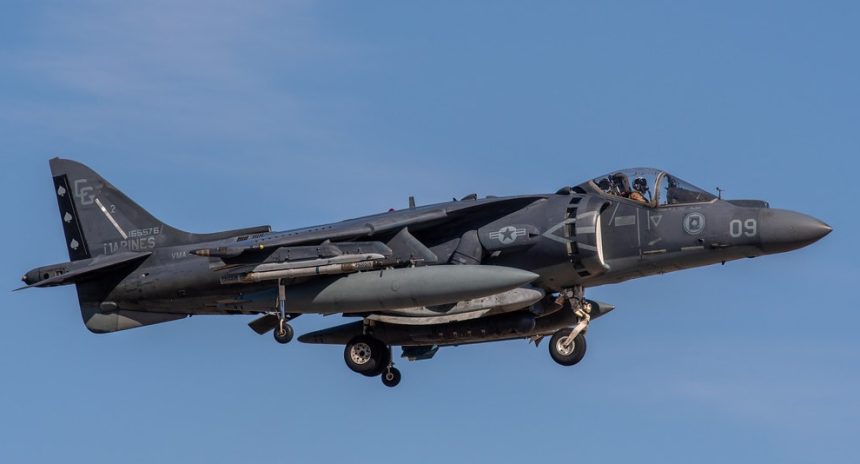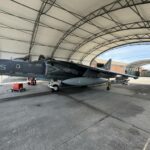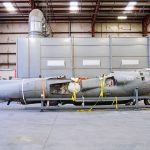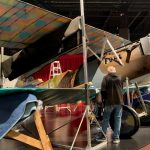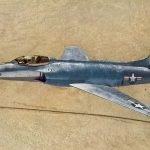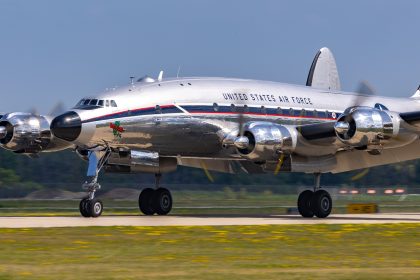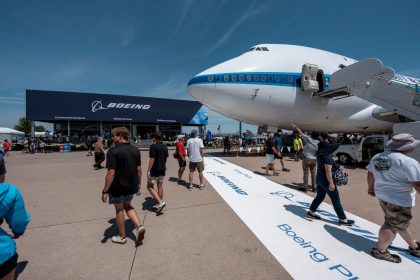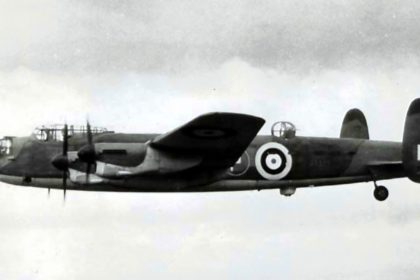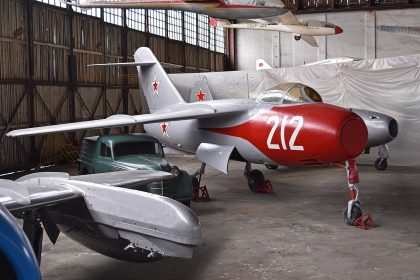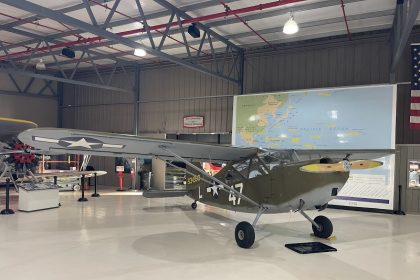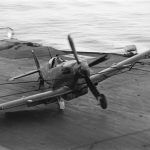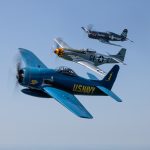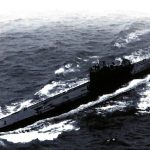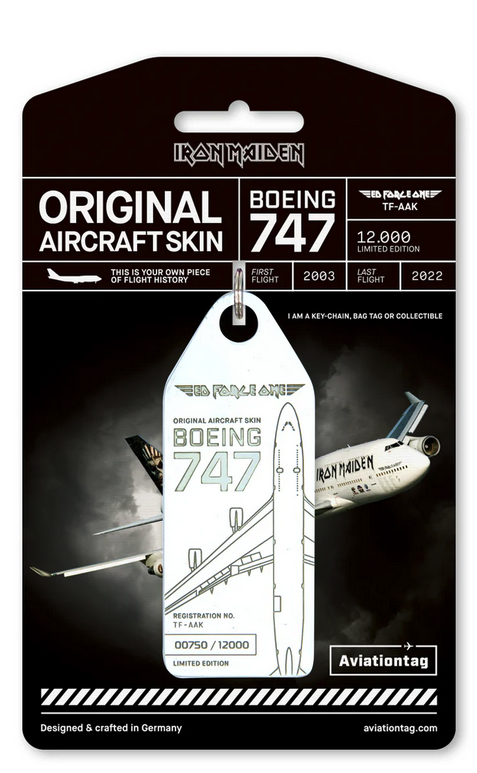The Commemorative Air Force (CAF) Airbase Arizona Museum has announced the anticipated arrival of an AV-8B Harrier jump jet, a major new addition to its collection. The aircraft is scheduled to arrive at Falcon Field on June 10, 2025, weather and logistics permitting. This latest acquisition follows a series of similar transfers across the country as the U.S. Marine Corps continues the phased retirement of its iconic AV-8B Harrier II+ fleet. The Naval Air Station Wildwood Aviation Museum in New Jersey is set to receive its Harrier on June 4, while the Fort Worth Aviation Museum officially welcomed its aircraft on May 13. In July 2024, the Hickory Aviation Museum received its Harrier from nearby Marine Corps Air Station Cherry Point in North Carolina.
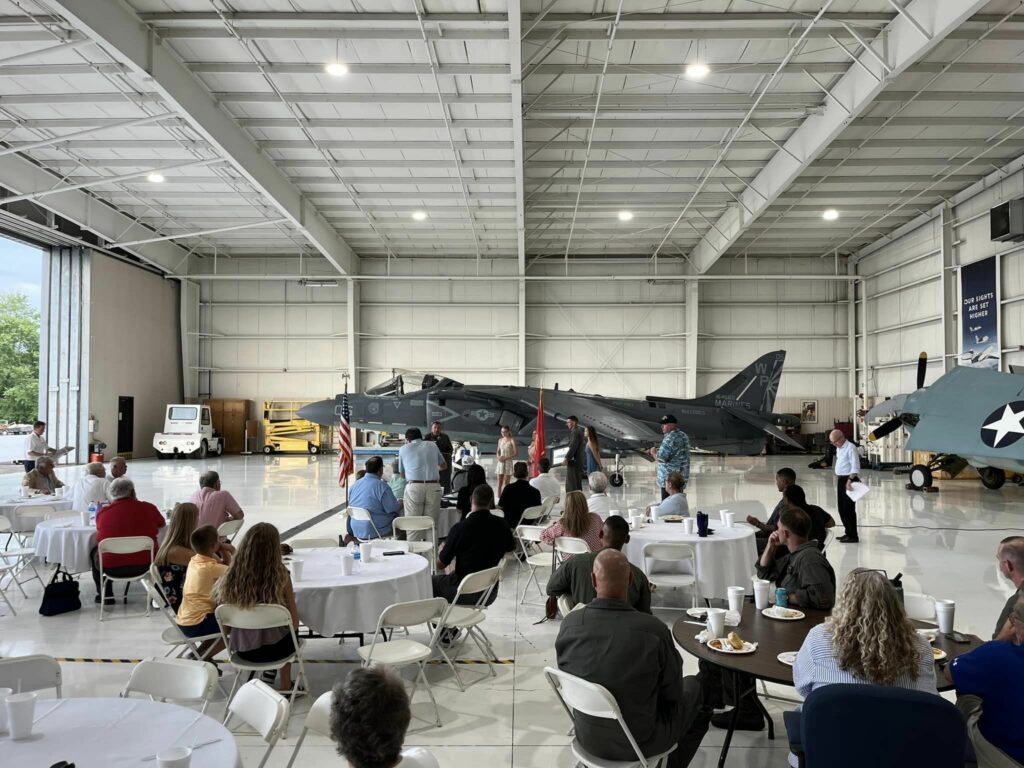
The transition marks the end of an era for the AV-8B Harrier, a revolutionary vertical/short takeoff and landing (V/STOL) aircraft that has served the Marine Corps for over four decades. Renowned for its ability to launch and land without the need for long runways, the Harrier played a critical role in expeditionary operations during conflicts such as Operation Iraqi Freedom and Operation Enduring Freedom. The platform is expected to be fully retired by 2027, with the F-35B Lightning II taking over its mission profile.
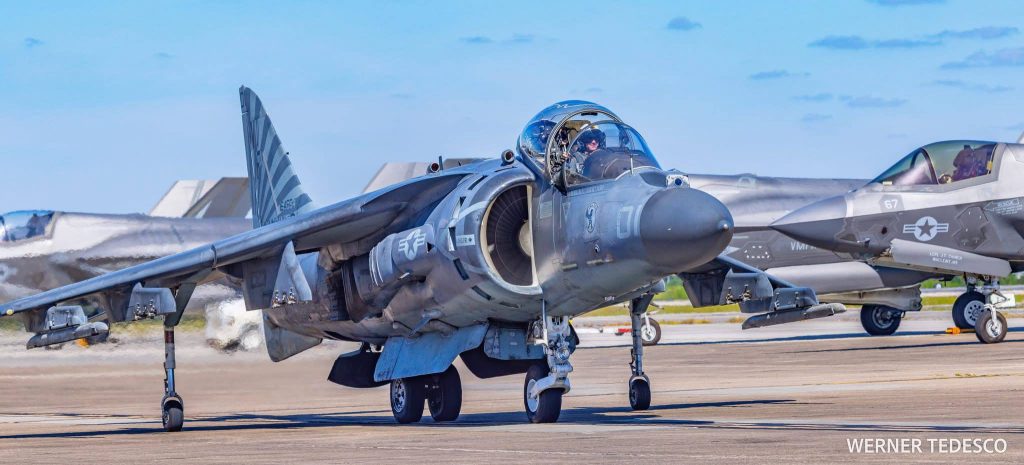
In addition to the aircraft, CAF Airbase Arizona will also receive a Rolls-Royce Pegasus engine—designed specifically to power the Harrier. The engine will join the museum’s growing display of historic powerplants and highlight the groundbreaking engineering behind the Harrier’s vertical lift and maneuvering capabilities. CAF Airbase Arizona Museum Director Ed McGuire welcomed the news with enthusiasm: “This is a tremendous opportunity to share a piece of aviation history that captured the imagination of both pilots and the public. The Harrier represents a major chapter in modern military aviation, and we’re honored to exhibit it here.” The museum hasn’t shared the Bureau Number of the aircraft.
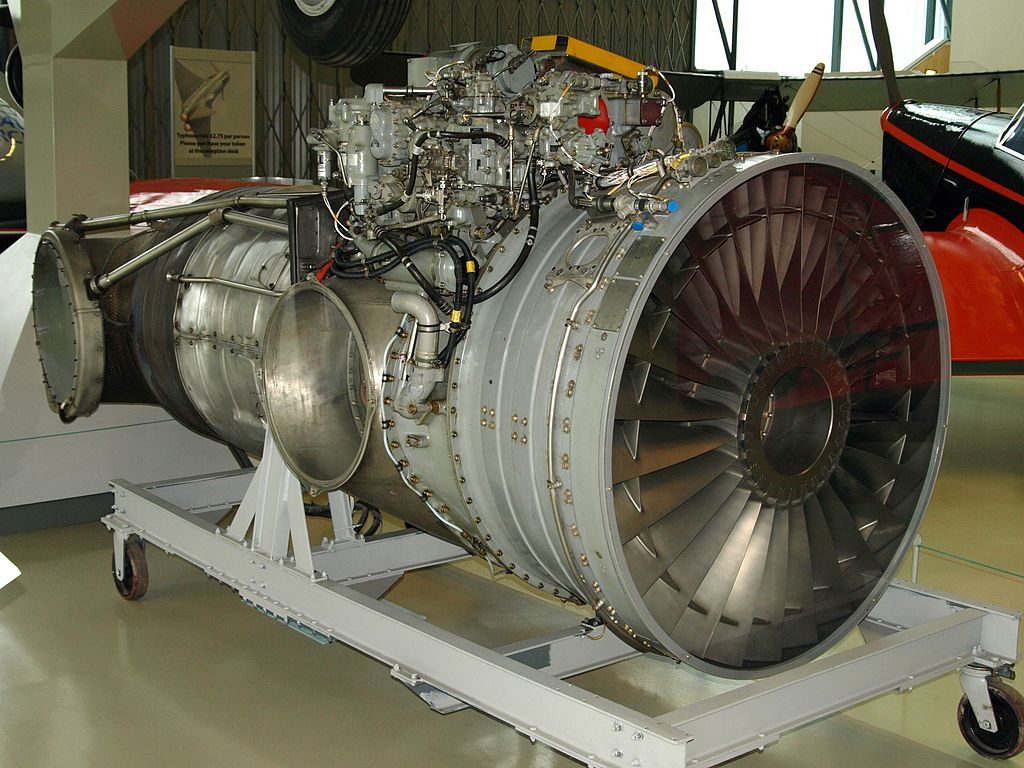
The AV-8B Harrier, developed from the British Hawker Siddeley Harrier, made its first flight in 1981 and entered service with the U.S. Marine Corps in 1985. Its unique VTOL design enabled it to operate from forward-deployed locations and aircraft carriers, earning it a lasting place in modern military aviation history.
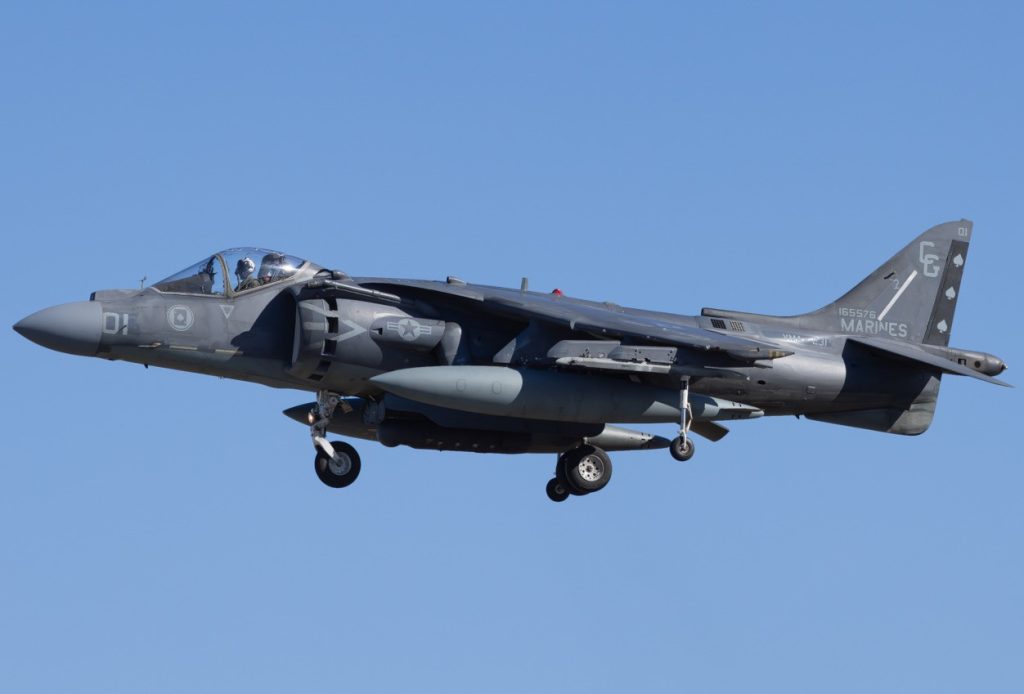
Located at Falcon Field in Mesa, the CAF Airbase Arizona Museum is a unit of the Commemorative Air Force—the world’s largest flying museum. The museum is dedicated to preserving and interpreting the history of military aviation through a collection of historic aircraft, engines, artifacts, and interactive exhibits. The arrival of the Harrier marks a major milestone for the museum, and the public is invited to attend its official unveiling on June 13, 2025. Aviation enthusiasts are also encouraged to follow the museum’s social media platforms to share their appreciation and stay informed about the aircraft’s arrival and display. For more information and event updates, visit www.azcaf.org.
